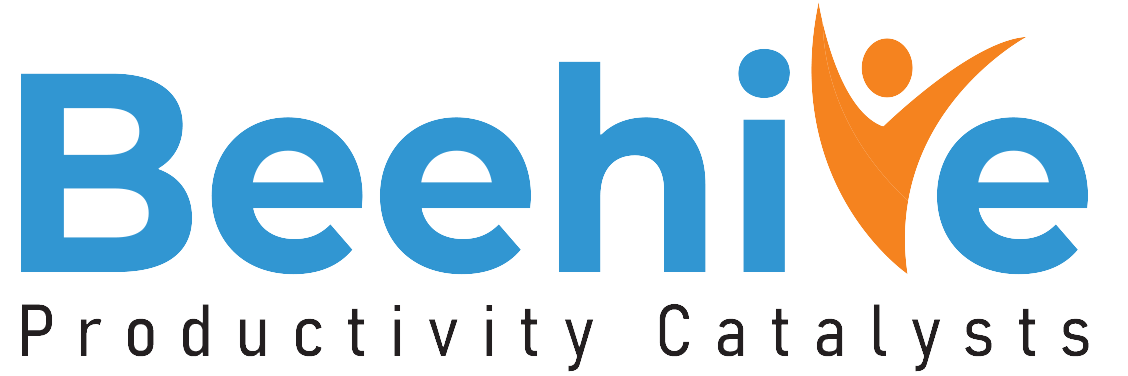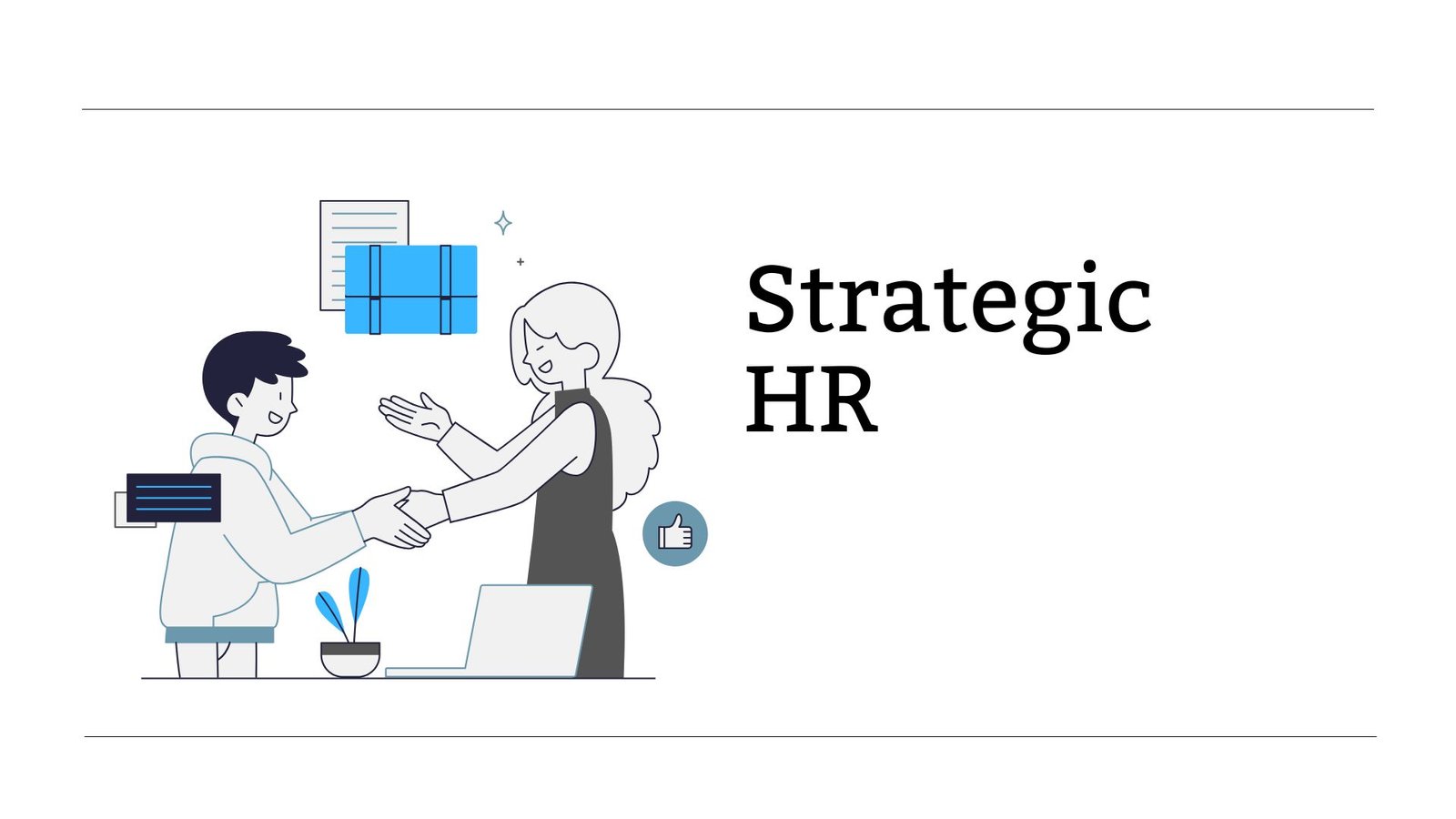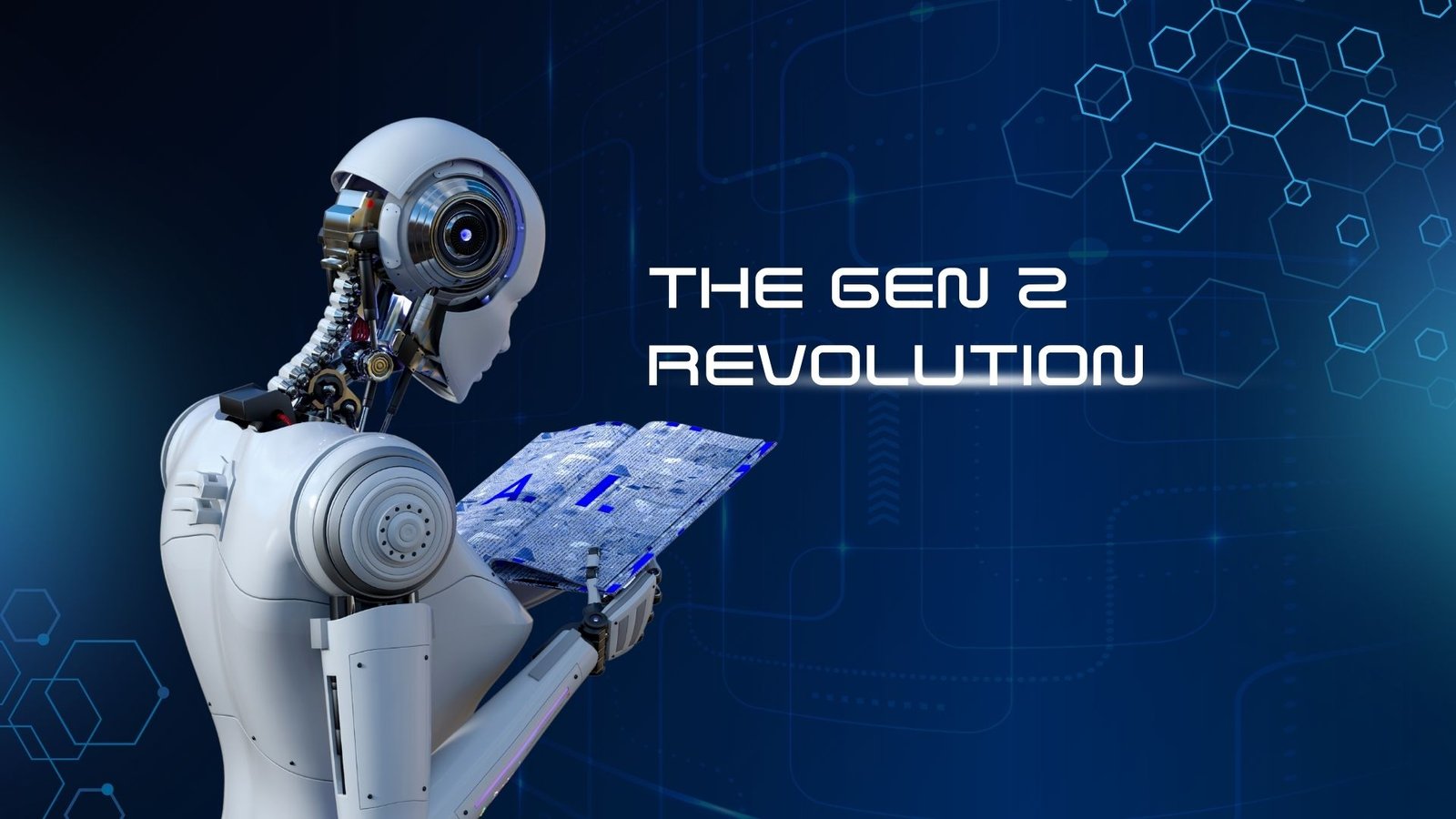TCS confirms 12,000 layoff; Strategic HR recovery following mass layoff
When a giant like TCS lets go of 12,000 employees—2% of its global workforce—it’s not just another day in the tech world. This is a loud, blinking signal that AI and automation are not waiting for anyone to catch up.
And no, these aren’t entry-level employees fresh out of college. The axe is falling on mid and senior-level professionals—many with a decade or more under their belts. Translation? Being experienced is not enough. Being adaptable is the new job security.
It’s about the future
Unlike previous layoffs tied to recessions or stock market freakouts, this move is part of something much bigger. TCS is shifting gears to become what they call a “future-ready” company. And that means one thing: making space for AI, cloud, and automation and cutting roles that can’t keep up.
Basically, if your expertise is stuck in legacy tech and you haven’t upgraded in years, the writing’s been on the wall for a while. This is less of a “cost-cutting move” and more of a talent overhaul.
What HR should have seen coming?
A layoff of this scale suggests a serious blind spot in workforce planning. Where was the talent data? Why didn’t anyone catch the widening gap between what the business needed and what the workforce could deliver?
Traditional HR systems track attendance, leave balances, and birthdays. Cool. But they don’t do much when it comes to predicting which roles are about to become extinct. That’s where modern HRMS platforms step in by providing real-time skill mapping, predictive analytics, and competency tracking.
If these tools had been used properly, maybe this could’ve been a reskilling story instead of a layoff headline.
Why were mid-level managers in the firing line?
The focus on cutting mid- and senior-level roles speaks volumes about where organizations are heading. With AI handling decisions and automated systems running operations, those extra layers of approval and coordination don’t seem necessary anymore.
Middle management used to be the glue. Now, AI is the glue and it doesn’t ask for vacation time.
It’s not just TCS. Companies across the board are flattening hierarchies and favoring lean, agile teams that can move fast, make smart decisions, and pivot as needed. Translation: bloated org charts are going out of style.
The reskilling myth vs. reality
Yes, TCS mentioned “reskilling and redeployment.” That sounds nice, but here’s the brutal truth: reskilling doesn’t work when it’s reactive. You can’t throw a Python course at someone two weeks before the pink slip and expect a miracle.
Reskilling only works when it’s built into the employee experience from day one and not downloaded as a last-minute effort to soften a blow.
Government’s watching and that’s a big deal
India’s IT ministry (MeitY) is reviewing TCS’s plans, and that adds another layer to this story. When layoffs become a national conversation, companies have to show that their decisions are driven by strategy, not panic.
That means compliance, fairness, and transparency matter more than ever. Companies will need to prove they are not just dumping people to save a few bucks but making smart, future-facing moves.
Layoffs are people and numbers
TCS says the layoffs will be done with “support, compassion, and dignity.” We’ll see. Because how companies handle exits says everything about their culture.
The best companies invest in career transition programs, alumni networks, and outplacement services. Not just because it’s the right thing to do—but because everyone else is watching. Especially the people who didn’t get laid off.
Let’s talk about the survivors
You think the people who kept their jobs are breathing easy? Think again. Layoffs tank morale. Everyone starts wondering, “Am I next?” That kind of anxiety leads to disengagement, job hunting, and (ironically) more attrition.
Companies need to double down on retention strategies, focus on engagement analytics, and keep a close eye on top talent who might quietly start updating their LinkedIn profiles.
Skills-based hiring is the new norm
Here’s where the shift is happening: away from experience-based hiring toward skills-based talent acquisition. It doesn’t matter how long you’ve been working—what matters is whether you can do the job today.
That means companies need HRMS platforms with smart skills assessment tools, competency modeling, and dynamic job architecture. Roles evolve and so should the way we hire for them.
Beehive HRMS: Helping companies not end up like this
At Beehive HRMS, we have been watching this shift coming and building for it.
Our platform is designed for proactive talent management. We don’t believe in playing catch-up after problems explode. We believe in predicting what’s next, identifying risk, and giving companies the tools to act before a layoff becomes inevitable.
So don’t just manage headcount, but build workforces that actually make sense for the future you are chasing.
Reflection
What happened at TCS is the beginning of a massive workforce revolution. Companies that treat HR like a back-office function are going to fall behind, fast.
Want to stay ahead? Then it’s time to stop seeing HRMS as a tool and start seeing it as a strategy.
Let’s build a future where layoffs aren’t the only answer to progress.
FAQ's
It tracks how people feel, what’s stressing them out, and whether they are engaged—so leaders can take action early and build a healthier workplace.
Nope. Beehive is scalable and flexible, making it a great fit for startups, SMEs, and enterprises alike.
It focuses on productivity and more importantly on emotional well-being with features such as happiness surveys and anonymous support channels.
Yes, it can. It’s designed to enhance what you already have or help you start from scratch.
Better retention, higher productivity, less burnout, and a company culture that doesn’t make people want to flee.




